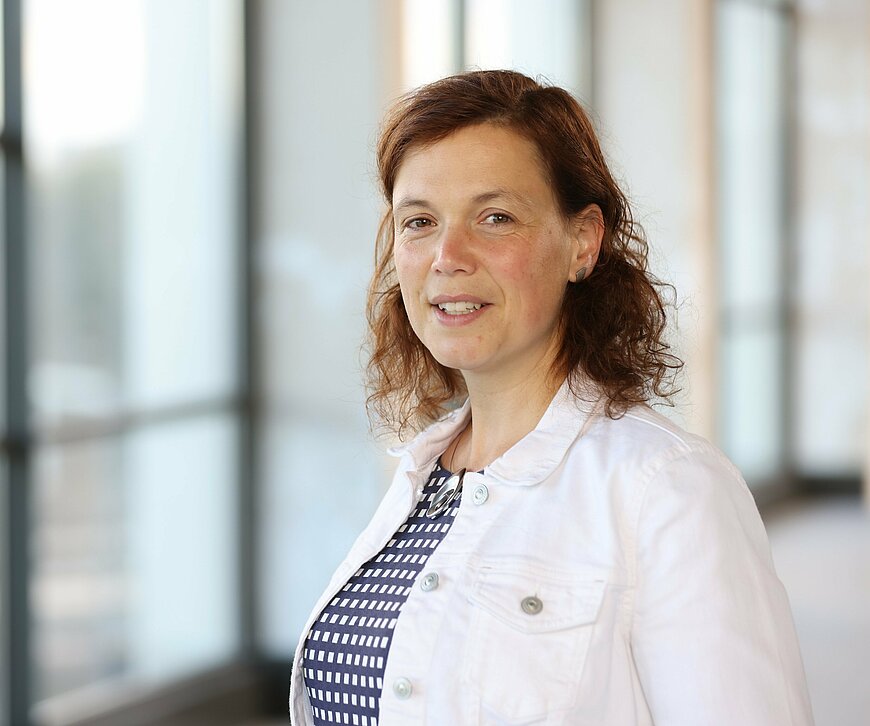Responsible Moblility!

Mobility transition: from safe or sustainable to safe & sustainable
Written by Margriet van Schijndel-de Nooij, Program Director Smart Mobility at TU/e
The high societal costs we have due to a lack of traffic safety and due to environmental pollution caused by mobility calls for urgent mobility measures that are both safe and sustainable. Strangely enough, there seems to be/have been a significant dividing line between the way these two problems are/have been tackled. How often are terms such as ‘green (or sustainable) mobility’ and ‘safe mobility’ used? They appear to be two different things, not only in respect of terminology, but also in terms of approach. But why does that dividing line still exist? Now that we are increasingly developing smart technologies that can be used to solve both problems enabling us to contribute to both sustainable and safe mobility, it is time to change our way of working.
Is it possible to contribute, for example, to the goals presented by European Commissioner Frans Timmermans as part of the Fit for 55 climate plans by using ‘Smart Mobility’ technologies? Absolutely!
Within the TU/e, we strongly support this. So much so, that we have changed the name of our mobility program into ‘Responsible Mobility’. However, the field of activity within this program is broader than just safe and green mobility; it also includes topics like user behavior and user acceptance, the interaction between new technologies and people, the use of urban space and the strong link with the transition of the energy sector – also read the article on the NEON project that my colleague Auke Hoekstra wrote for this website. And please be aware, the program is not limited to transport of passengers, but also focuses on the transport of goods and the interconnectedness between those transport flows.
Does this mean I oppose research into technologies merely focused on clean or safe mobility, such as new powertrains or driver support systems? No, I think this will remain absolutely necessary. And I see many parties around us that play a major role in this kind of research. However, I do think that integrating new innovations and working towards realizing wider positive effects with these new innovations will play a critical role in whether or not we will achieve our ambitions with respect to road safety and emission reduction. But it will certainly not be easy. That is why it is good to see that many companies in the Brainport region are collaborating. For example, we are frequently working together with public authorities in the region, such as the municipalities of Helmond and Eindhoven, and with private parties like VDL, TomTom, DAF, Siemens, TNO, Eindhoven Airport and NXP, with whom we established our EAISI Mobility Lab. The regional ecosystem also includes many small and young companies with whom we jointly address this challenge. We continuously challenge one another, support open innovation and jointly develop and test new technologies; a great and increasing level of cohesion.
The main technology that allows us to realize this ambition is AI (Artificial Intelligence); a perfect technology for use in complex situations and to connect subsystems (read: different (types of) vehicles, infrastructure, traffic management, ...). AI is a powerful tool that can be used to create a balance between the safety, sustainability and inclusiveness of mobility. The past year, Brainport Eindhoven has been offering a great, easily accessible AI training: The Brainport AI Course - A free online course on Artificial Intelligence. Below I will give some examples of AI applications in mobility:
- Improving perception systems to not only detect, but also anticipate potentially critical traffic situations and trigger vehicle actions;
- Further developing support systems to enable automated driving;
- Optimizing traffic management by using the enormous amounts of traffic data that are currently available, allowing better alignment of various traffic flows;
- Optimizing the actual use of traffic resources to ensure vehicles have a higher load factor or a higher capacity utilization grade;
- Increasing traffic safety by combining various sources of information to allow a vehicle to look around the corner, as it were, and increase the time to intervene in pre-critical situations.
Many of these applications have a positive effect on both traffic safety and the sustainability of transport, even though one of the two is often clearly dominant. The major challenge in the years to come is to also increase the non-dominant effect, and thus use our innovations smartly. The Brainport region is exactly the place to be when looking for a place where innovations are used in a creative and smart way.